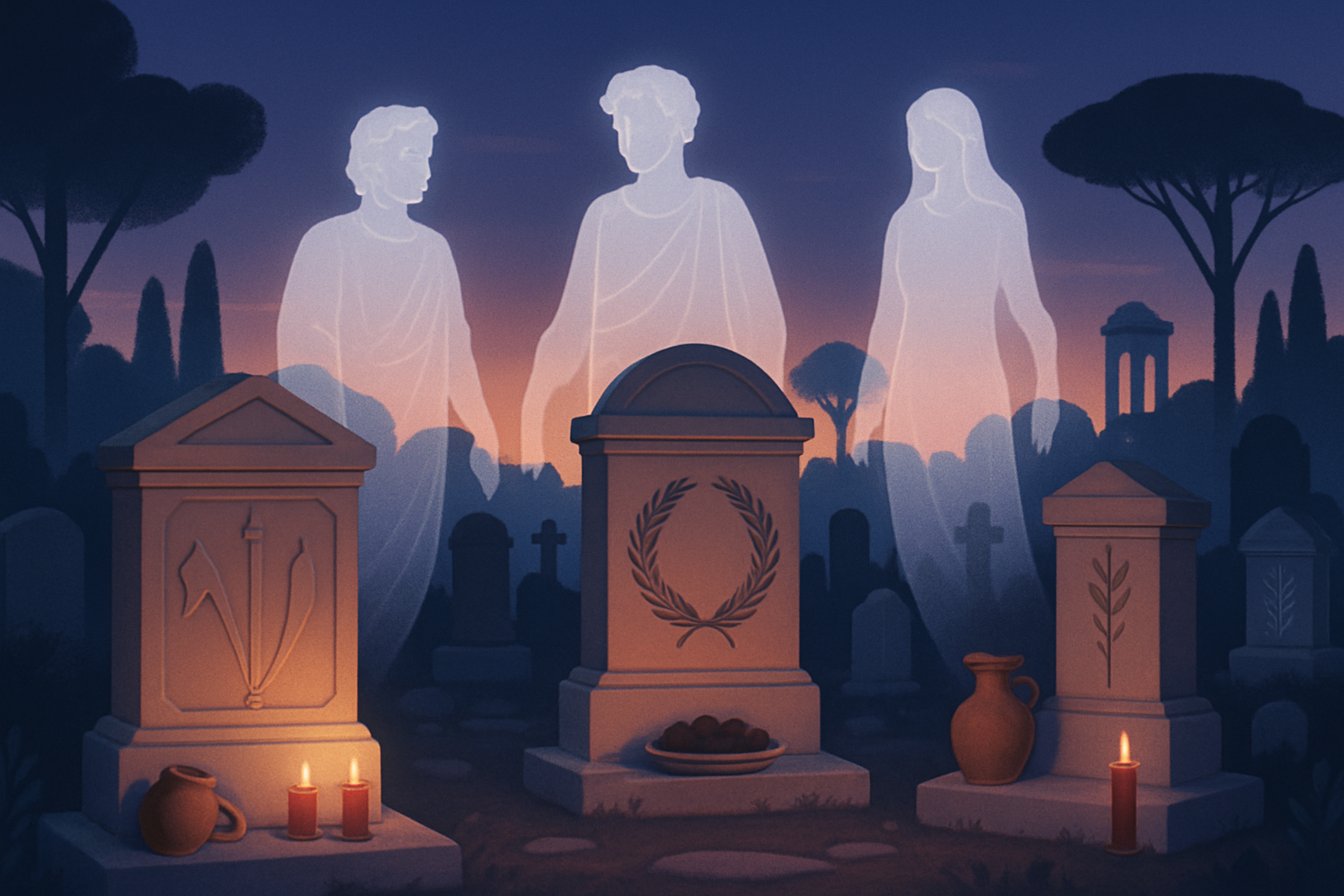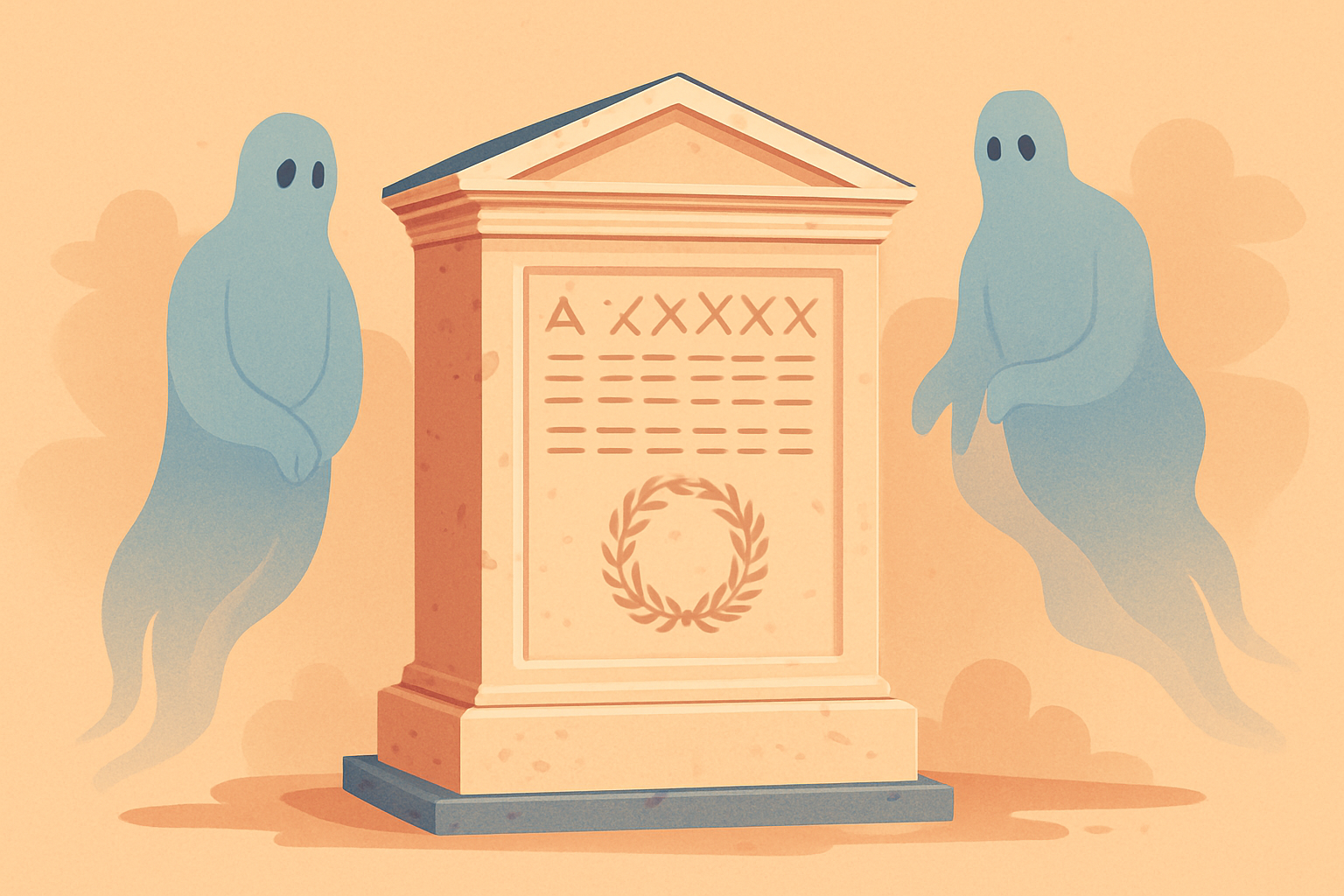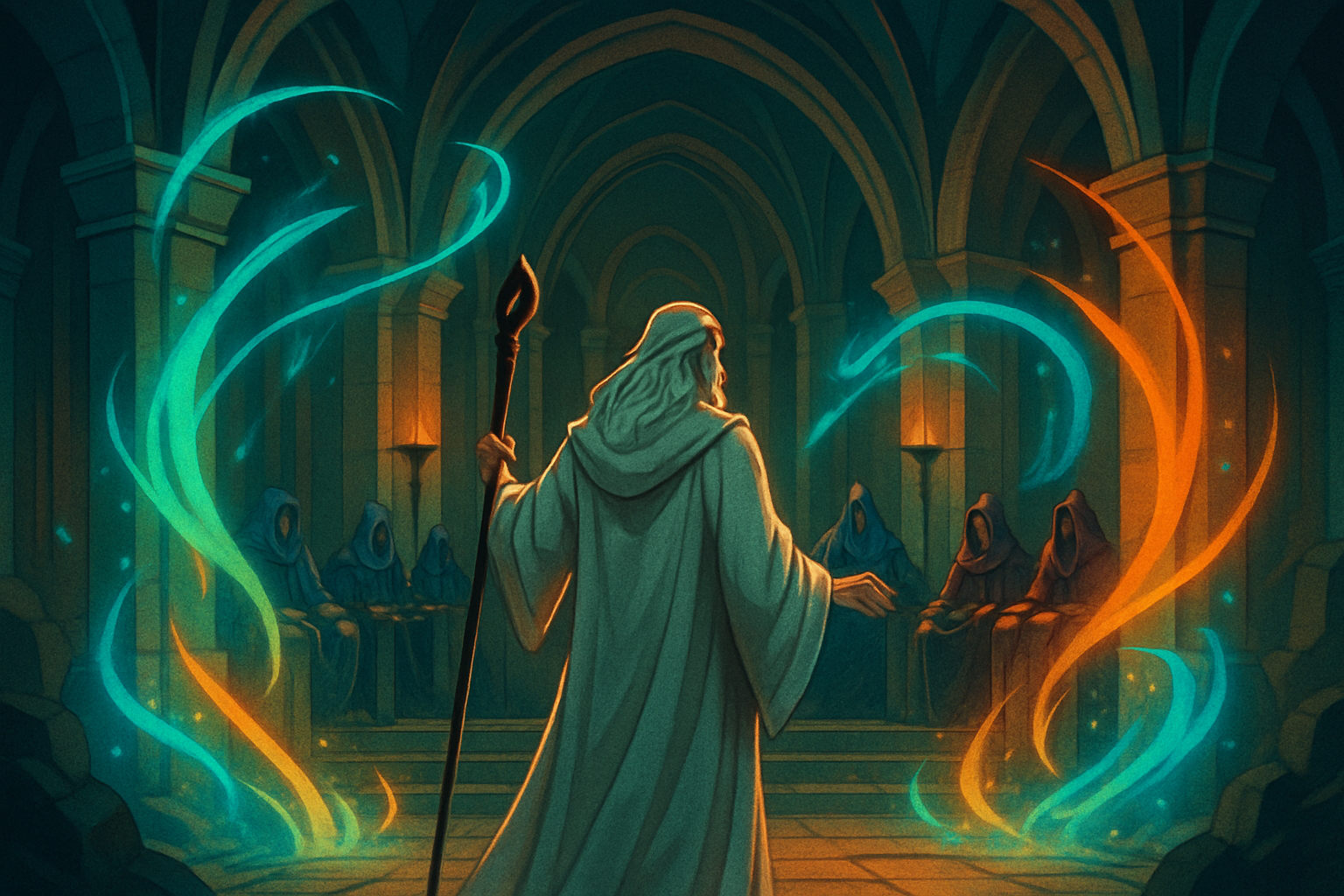
What Are Manes Demons in Roman Mythology?


Roman mythology is full of fascinating supernatural beings with the mysterious manes demons standing out in particular. These spirits hold a unique spot in Roman cultural and religious beliefs and are often tied to themes of death, the afterlife and ancestor worship. We’ll dive into who the manes demons are, trace their origins and unwrap the many roles and significance they held within Roman mythology and society
What Exactly Does the Term 'Manes Demon' Mean
The word "manes" traces back to ancient Roman religion and usually refers to the spirits of deceased ancestors believed to still influence the lives of the living. When it comes to the Roman idea of a "demon" it didn’t come with the automatic bad rap we expect today. Originally, it described divine or supernatural beings that could be protective or harmful depending on the situation.
- The term 'manes' refers to the spirits of deceased Romans especially those ancestors who never left the family fold and stayed as close guardians.
- In Roman culture the word 'demon' (daimon) points to a spirit or divine being and it doesn’t carry the spooky bad-guy vibe we often associate with it nowadays.
- Manes demons seem to act as a bridge between the living and the dead. Think of them as ancestral souls and spiritual forces keeping the connection alive.
- People often get the wrong impression imagining manes demons as harmful or evil but in reality they play protective and sacred roles quietly watching out for their kin.
Origins and Historical Background of Manes Demons
When it comes to the Manes demons, their roots run deep into the tangled web of ancient beliefs and folklore. These entities aren’t just some random spooky figures—they've got a story that’s as old as time itself, woven through various cultures and mythologies with a richness that keeps popping up in the most unexpected places. It is like tracing your family tree and finding out there’s a whole side you never knew about. Dive in, and you’ll uncover a blend of lore that’s as fascinating as it is eerie.
The idea of manes demons sprouted from ancient Roman religious practices centered on honoring ancestors and maintaining a balance between the living and the dead. Early Roman ancestor worship was influenced by Etruscan spiritual beliefs and placed special emphasis on family spirits who were thought to stick around homes and communal burial grounds like gentle watchful shadows. The manes became woven into funeral traditions aimed at helping the dead find peaceful rest.
- Early Romans leaned into ancestor worship with regular offerings and ceremonies to honor family spirits and win their goodwill. A little extra luck from those who've been there before was always welcome.
- The Etruscan religious traditions left their mark on Roman ideas and shaped how they viewed the mysterious nature and roles of spirits and demons in everyday life.
- The manes weren’t just distant ghosts. They were seen as protectors of the household and ancestral spirits tied to specific family tombs, like the original neighborhood watch.
- Roman funerary rites, including the Parentalia festival, focused on paying respect to the manes and keeping a balance between life and death. This was an ancient reminder that honoring the past keeps the present in harmony.
Traits and Portrayals of Manes Demons
Manes demons were usually portrayed more as symbols than actual physical beings, emphasizing their spiritual essence rather than any clear shape. Artistic and literary works from the time hint at these spirits having deep connections to the underworld and ancestral realms. They could show up as protective guardian spirits or as angry forces if you crossed them, especially when they weren’t shown the respect they deserved.
- Manes demons were typically seen as invisible or shadowy ancestral spirits rather than beings you could bump into on a dark night.
- They were closely tied to the underworld and stood guard at the eerie boundary between life and death.
- Manes often acted as protective guardians of the home and family tomb but neglecting them could stir a vengeful streak.
- Unlike the household-focused Lares or the spooky Lemures, manes embodied a collective ancestral presence with both a gentle and fearsome side.

An artistic depiction of manes demons as ancestral spirits connected to Roman tombs and funerary sites, reflecting their spiritual presence.
The Cultural and Religious Significance of Manes Demons
Manes demons held an important place in Roman religious life, especially in ceremonies honoring ancestors and navigating the space between life and death. They were seen as guardian spirits for those who had passed on and acted as supernatural go-betweens for living relatives and their forebears. During festivals like Parentalia and Lemuria people made offerings and said heartfelt prayers to keep these spirits happy. They hoped to keep the dead peaceful while looking out for the living.
Manes demons were the vigilant guardians of family tombs who worked tirelessly to keep unwanted harmful forces away from the household.
They were the trusty middlemen between the living and the dead and carried ancestral blessings back and forth.
Every year the Manes got their moment in the spotlight during the Parentalia and Lemuria festivals where families offered gifts to nourish their spirits and keep them peaceful.
Roman families didn’t just set it and forget it—they held regular rites and prayers to keep the Manes friendly and avoid them turning into restless spirits roaming about.
Manes demons were generally viewed in a positive light as protectors and ancestors watching over their living kin. Slip up on your rituals or neglect them and these spirits could quickly turn into restless troublemakers or vengeful forces you definitely don’t want to mess with. This two-sided nature really shows how important it was to keep up respectful communication and offer the right tributes to keep the manes calm and content. Through these age-old rituals Romans didn’t just honor the dead. They weaved stronger social bonds, ensured their family lines carried on and maintained a sense of spiritual balance that was central to everyday religious life.
When It Comes to Manes Demons Compared to Other Roman Spirits and Demons
Roman mythology is packed with a fascinating cast of supernatural beings each playing a unique part and flaunting distinct traits. Among them Manes demons carve out their own niche and stand apart from Lares, Lemures and Genius. The Manes are chiefly ancestral spirits linked to death and the afterlife and carry a weight of solemn respect. Lares were the protective gods watching over homes and communities. Genius acted as personal guardian spirits looking out for individuals. Lemures were pesky, troublesome ghosts infamous for causing mischief.
| Name | Nature (Spirit Type) | Role | Associations | How to Recognize |
|---|---|---|---|---|
| Manes | Spirits of ancestors or demons | Guardians of deceased family members | Death, afterlife, ancestral tombs | Often linked to funerary rituals and offerings, they’re the quiet watchers from beyond |
| Lares | Protective household spirits | Guardians of home and family | Household, crossroads, fertility | Known as kind household gods, they’re like that reliable friend who always keeps an eye on things |
| Lemures | Restless, malevolent spirits | Harmful ghosts | Underworld, haunted locations | Feared and usually driven away during Lemuria, basically the uninvited guests nobody wants around |
| Genius | Personal or local spirit | Protector of a person or place | Individual or specific location | Honored on birthdays or special foundation days, almost like your spiritual bodyguard with a party hat |
| Larvae | Evil or vengeful spirits | Dangerous and harmful beings | Night, darkness | Seen as frightening and usually subject to exorcism—definitely not the kind of company you would invite for tea |
Common Myths About Manes Demons That Just Will not Quit
Misunderstandings often pop up when individuals try to fit modern ideas about demons and evil spirits onto ancient Roman beliefs. Manes demons tend to get a bad rap, often painted as simply malevolent or lumped together with the nasty demons from later Christian stories. They are sometimes mixed up with ghosts or spirits from entirely different traditions.
- Not all demons in Roman mythology were cast as villains. Manes demons often played protective and sacred roles that might surprise some people.
- Unlike your typical spooky ghosts, manes are respected as ancestor spirits rather than restless souls. They are like the family members you cannot help but honor.
- Do not mix them up with Christian demons as those come from a different theological playbook.
- Painting manes demons solely as frightening misses the bigger picture. They are central to family worship and form a key thread in weaving communities together.
The Lasting Impact and Cultural Legacy of Manes Demons A Tale That Still Resonates
The idea of manes demons has left a lasting mark on cultural and religious practices beyond ancient Rome. Think of them as ancestor spirits who shaped early Roman Catholic traditions for honoring saints and remembering departed family members. Even today, you can spot their footprints in medieval demonology, folklore and modern popular culture—whether it’s books, movies or video games that borrow from Roman mythology.
- The idea of the manes as ancestor spirits quietly shaped how Roman Catholic saints and relics are honored and wove old beliefs into new traditions in a fascinating way.
- Medieval demonology held onto bits of Roman spirit categories and blended pagan ideas with Christian teachings, creating a cultural stew that simmered for centuries.
- The manes demons from Roman mythology didn’t just vanish. They sparked a broad range of literature, art and media that still capture imaginations today.
- Scholars are still peeling back layers and exploring how the manes have left their mark on Western views about death and the afterlife. There’s always something new to learn if you dig deep enough.





